Exact Answer: 1-2 Days
Women having difficulty getting pregnant could likely be a target of female infertility, the cause of which is blocked fallopian tubes or abnormalities in the uterine cavity. In such a case, the patient needs to undergo a procedure called a hysterosalpingogram (HSG) to evaluate fertility. The technique uses fluoroscopic x-ray technology to examine the uterus and fallopian tubes and determine the exact cause of infertility.
The diagnosis is operated on a woman after a complete menstrual cycle to prevent it from interfering with a possible pregnancy. It is an outpatient test, and the entire procedure does not take longer than 30 minutes.
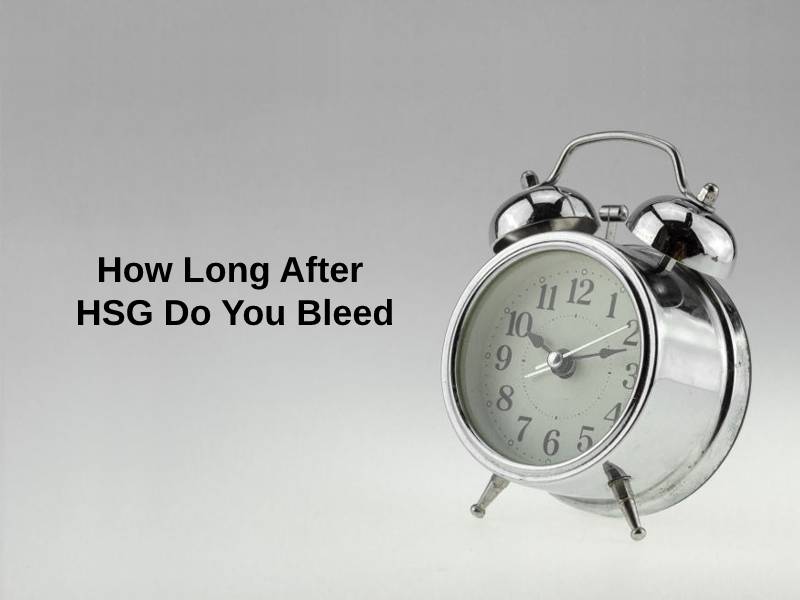
How Long After HSG Do You Bleed?
The hysterosalpingogram test, which takes about 5 to 10 minutes to perform, uses fluoroscopy to evaluate female infertility. During the procedure, a tool called a speculum is inserted into the vagina to push it open. A thin tube carrying an iodine-based dye is pushed through the cervix to empty the contents in the uterus. The test is concluded with a fluoroscopic x-ray which examines the fallopian tubes and uterine lining based on the movement of the dye.
The outpatient procedure causes uterine cramping similar to menstrual pain for about 5 minutes after the test. Sometimes, the cramping can last several hours. Painkillers are suggested to be taken 30 to 60 minutes before the procedure to reduce the effect of cramping.
Vaginal discharge or spotting is expected over the next few hours of the day. However, it is normal to experience light vaginal bleeding for 1 to 2 days after the test. In some cases, the bleeding continues for a couple of days. Heavy bleeding after a hysterosalpingogram is not common and may pose health risks. It is advisable to inform your doctor of any such symptom unless instructed otherwise.

| Occurrence of vaginal spotting after HSG | Remark |
| A few hours | Normal |
| 1-2 days | Common |
| More than 2 days | Rare |
Why Do You Bleed This Long After HSG?
The test is expected to follow with thick vaginal discharge for a couple of hours as the dye drains out of the uterus. More than not, the discharge is accompanied by light vaginal bleeding. The bleeding may occur for a day or two while the dye washes out. It is advised to use sanitary pads or panty liners instead of tampons until the discharge stops. After the test, the patient can return to normal activities but advisably refrain from intercourse for a few days.

Risks of the test:
- Infection: Though it is rare to experience severe pelvic pain, heavy bleeding, and discharge, or a high fever after the test, should this happen, you must notify your health provider immediately. The symptoms, a sign of pelvic infection, happen if you’ve had womb infections before.
- Allergic Reactions: The patient may experience an allergic reaction to the dye used for the test. You must let the doctor know prior if you’re allergic to iodine to avoid this risk.
- Fainting: Some patients might feel dizzy or faint after this test.
- Radiation: Though this is a pretty safe procedure and the amount of radiation from the fluoroscopy is too small to pose a threat, it may affect the early stages of development in pregnancy. This is why the test is only done during the first ten days of the menstrual cycle to ensure that the patient is not pregnant.
Conclusion
HSG is able to determine the cause of infertility in women. The x-ray would show that the dye was unable to pass through the fallopian tubes if they are blocked. This issue can be fixed during HSG. It also unravels any abnormalities in the uterus, including fibroids, polyps, or congenital malformations. Forcing a dye through the tubes during HSG opens them up and removes obstructions. In acute cases, the patient might have to go through an operation to unblock the tubes or correct the uterine defects. Another alternative to beat infertility is in vitro fertilization (IVF).
Conclusively, HSG is a valuable test to examine the fallopian tubes and uterus. It increases the woman’s chances of getting pregnant soon after.


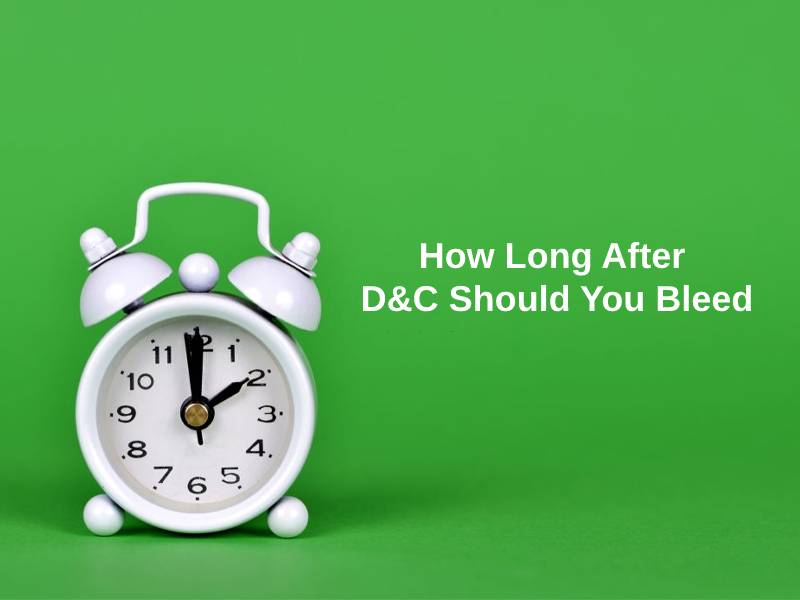


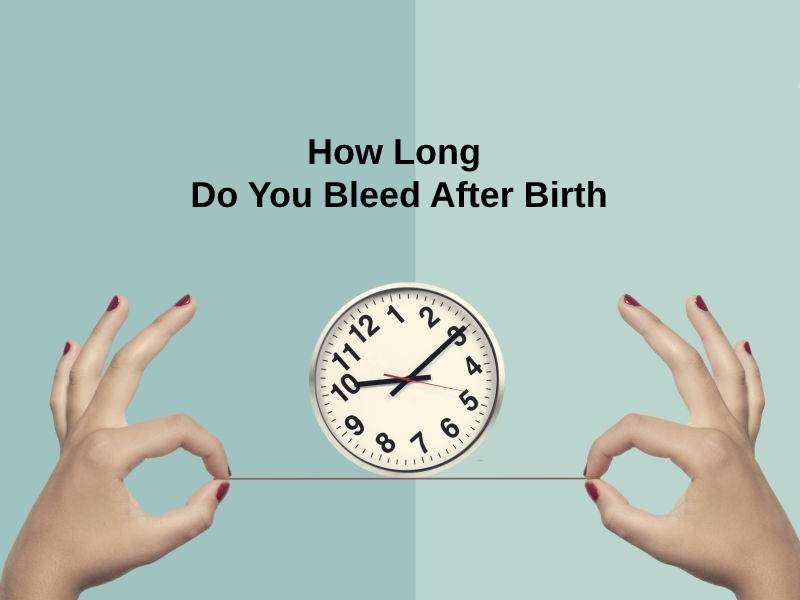

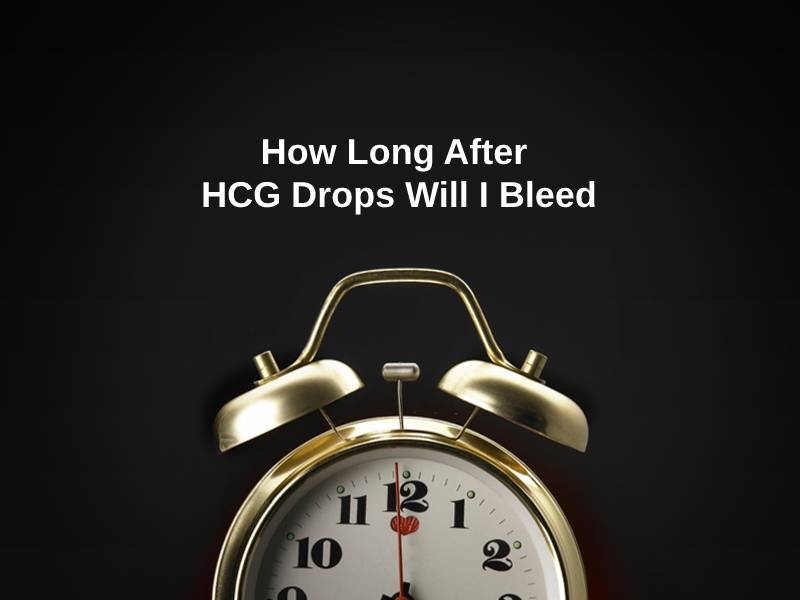
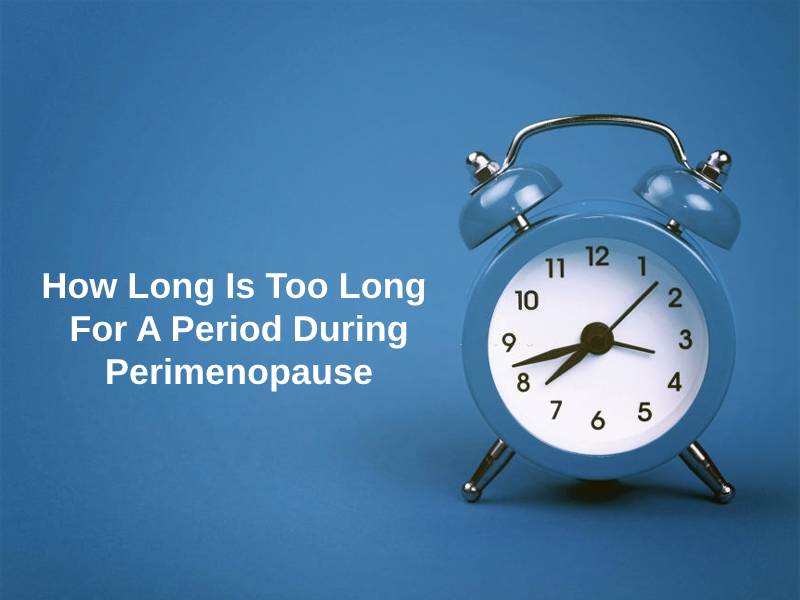





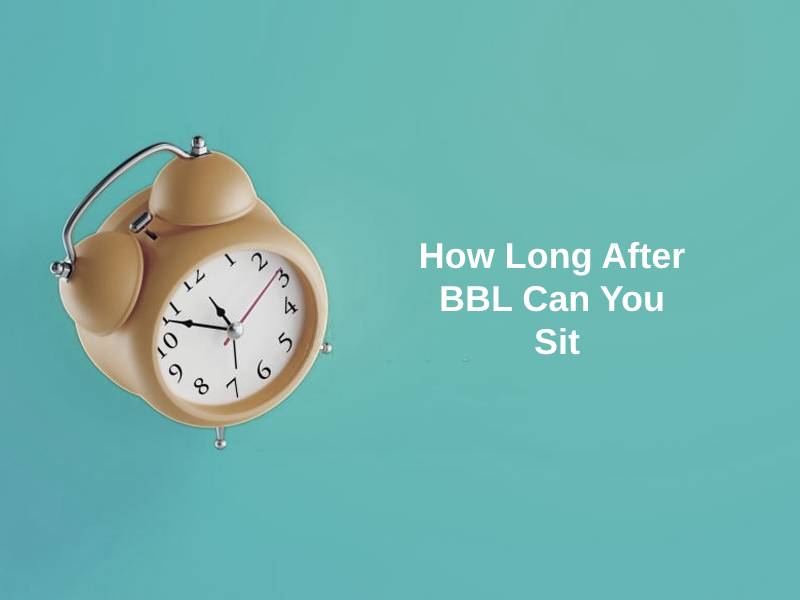


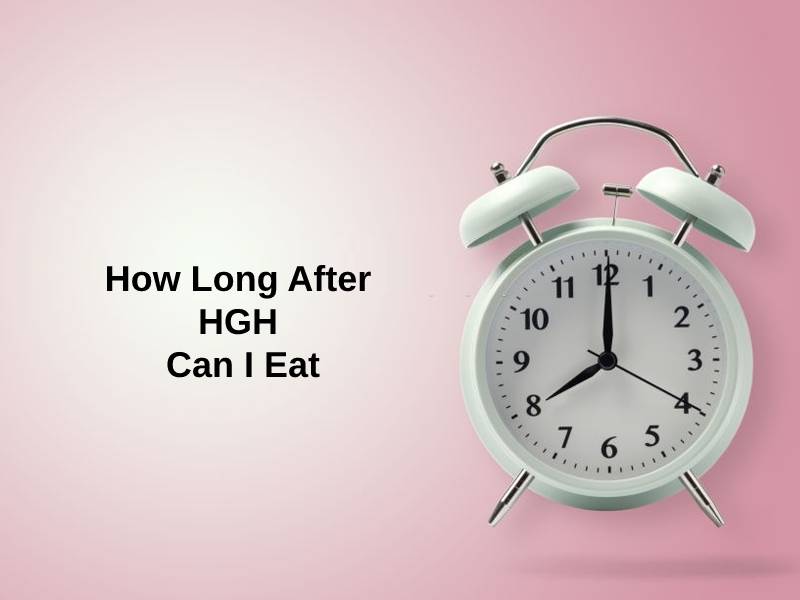
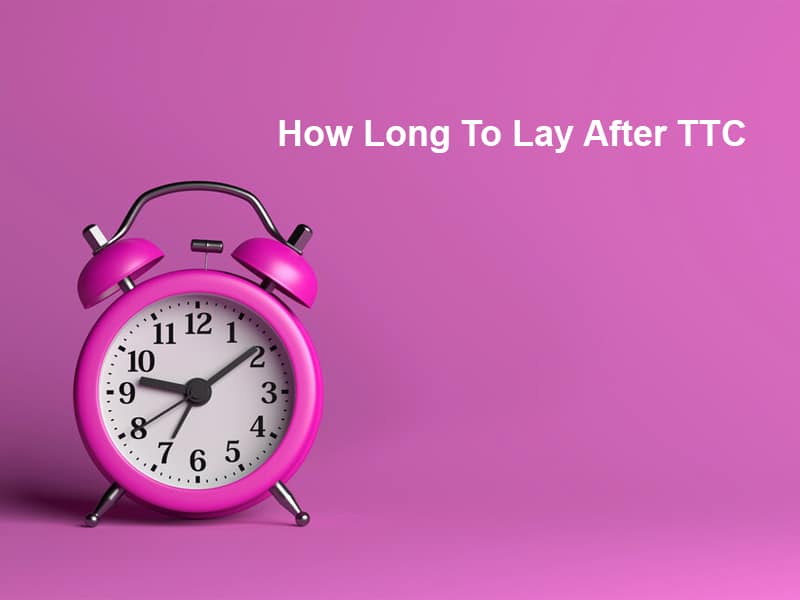


This article is very informative, I am happy that I found it.
It’s great that it provides the necessary information.
This article highlights the importance of HSG in diagnosing fertility issues. It is necessary for individuals to be aware of such medical procedures.
Absolutely, it’s an important part of understanding fertility.
This post is thorough and well-organized. It’s good to know all this valuable information in case of any fertility related difficulties.
Yes, it is essential to be aware of these details.
The article provides necessary information for women struggling with fertility.
Indeed, it’s helpful for anyone seeking information on this topic.